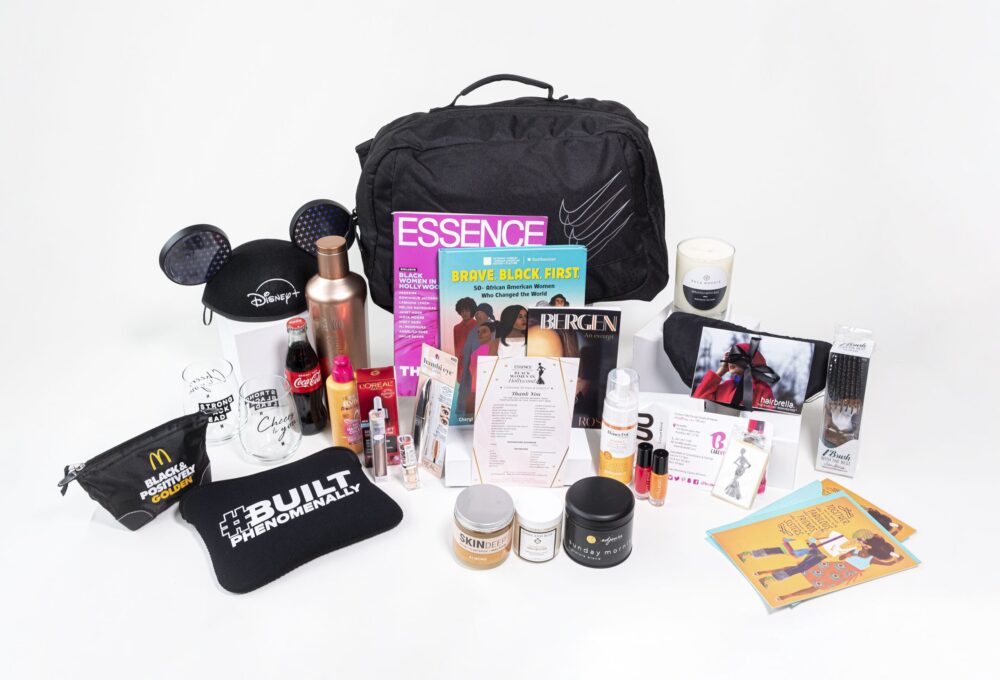PR professionals wear many hats. In this new world where communication PR professionals, whether they are a journalist on television or a reporter for the local paper, have the role of an influencer. Influencers have become the driving force for brands of all sizes because of the huge savings potential they provoke on PR and Marketing campaigns.
In the modern age of public relations, audiences want to know more about public figures behind the curtains. They want to feel like they can invite their favorite influencer to family gatherings, and to hang out in their friend groups. Consumers, especially millennials, want genuine engagement and feedback about products.
As a PR professional in the 21st century, the term influencer has come up in conversation with colleagues, clients, and even CEOs. According to Influencer Marketing Hub, 59 percent of marketers intend to increase their influencer marketing budget in the next year (Powell, 2018, para, 1). This is because influencers provide a very different kind of marketing due to their ability to come off as regular people, with regular issues that can easily identify with buyers and potential buyers.
Influencers help brands showcase their products and make them identifiable to people that may not have been exposed by traditional PR campaigns. Brands identify individuals that are social media celebrities as influencers in their targeted area. These are usually individuals that already have a large following on youtube channels, Twitter accounts, and blogs for the content they already have personal ties to for various reasons. They usually already have a passion for a product before the brand starts to throw money or materials at them. This allows for a more genuine connection with audiences than a typical celebrity spokesperson.
John Harrington (2016) starts his review of PR and the new view of influencers by saying that, “young stars of social media are offering brands a lower-cost and more effective alternative to the traditional celebrity or media endorsements” (para. 1). His understanding is correct. Many celebrities throw their name and resume around so brands will pay them to showcase their products. In the millennial age, this is proving more and more ineffective. Millennials realize their responsibility to express feedback, good and bad, to other consumers. Millennials are more likely to share positive customer service experiences than negative ones (Lexington Law, 2019, para. 12). This is what brands hope and wish for.
Lexington Law (2019) discovered that 67% of Millennials believe they have a responsibility to share feedback with a brand about their experience, while 42% of Millennials are interested in helping companies develop future products (para. 12). This is where influencers have the greatest impact. They have the ability to speak candidly with consumers and get genuine feedback about products and provide that feedback to the consumer. Hart identifies this as consumers feeling as though they are friends with these influencers. Their videos, their snaps, and their open-door policy make consumers feel like they’re accessing authentic advice, tips, and recommendation from one of their peers (Harrington, 2016, para. 9).
Consumers want more genuine forums to provide and receive feedback. Celebrities that make millions a year don’t meet those criteria. According to Twitter, if a consumer sees a branded tweet, their intent to purchase the item grows 2.7 times. If it is promoted by both an influencer and a brand, the intent to purchase increases 5.2 times (Harrington, 2016, para. 7). Real people want to know that real people use and speak up for products they may be interested to buy. This actually allows companies, big and small, to save on advertising and marketing their brand. If they can find a faithful consumer base, they can reach mountain tops without spending thousands or millions of dollars a year.
Influencer marketing is here to stay. This is a marketing avenue that will continue to grow even bigger with time. The faster brands adjust to this trend, the more innovative they will be with connecting with their audiences.
Reference
Harrington, J. (2016, September 05). New influencers: Changing the face of PR and marketing. Retrieved March 15, 2019, from https://www.prweek.com/article/1406138/new-influencers-changing-face-pr-marketing
Lexington Law. (2019, January 02). 45 Statistics on Millennial Spending Habits in 2019. Retrieved March 15, 2019, from https://www.lexingtonlaw.com/blog/credit-cards/millennial-spending-habits.html
Powell, L. A. (2018, July 26). What Todays PR Pro Needs to Know About Influencers. Retrieved March 15, 2019, from https://contentconnection.prsa.org/resources/articles/what-todays-pr-pro-needs-to-know-about-influencers



